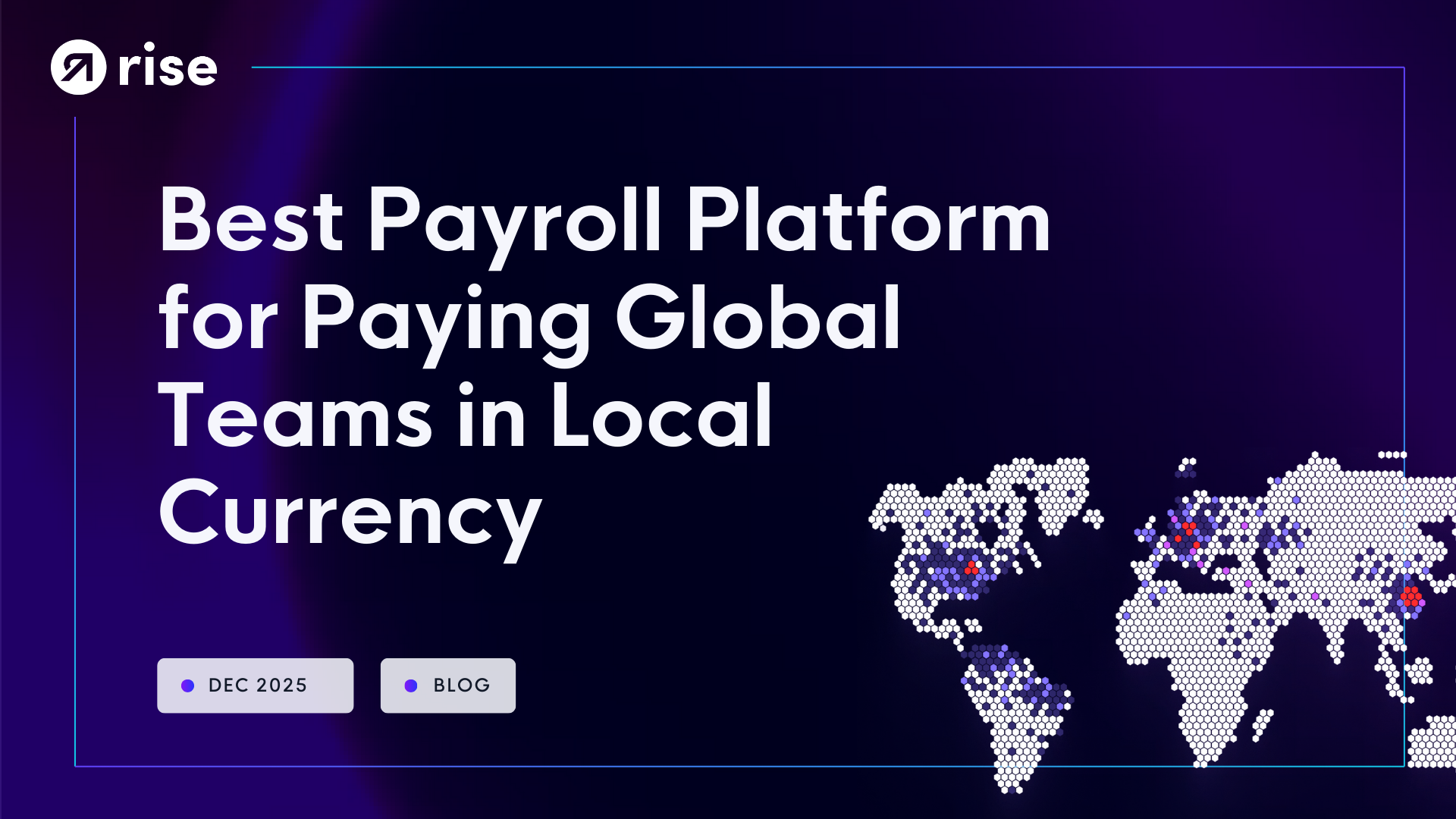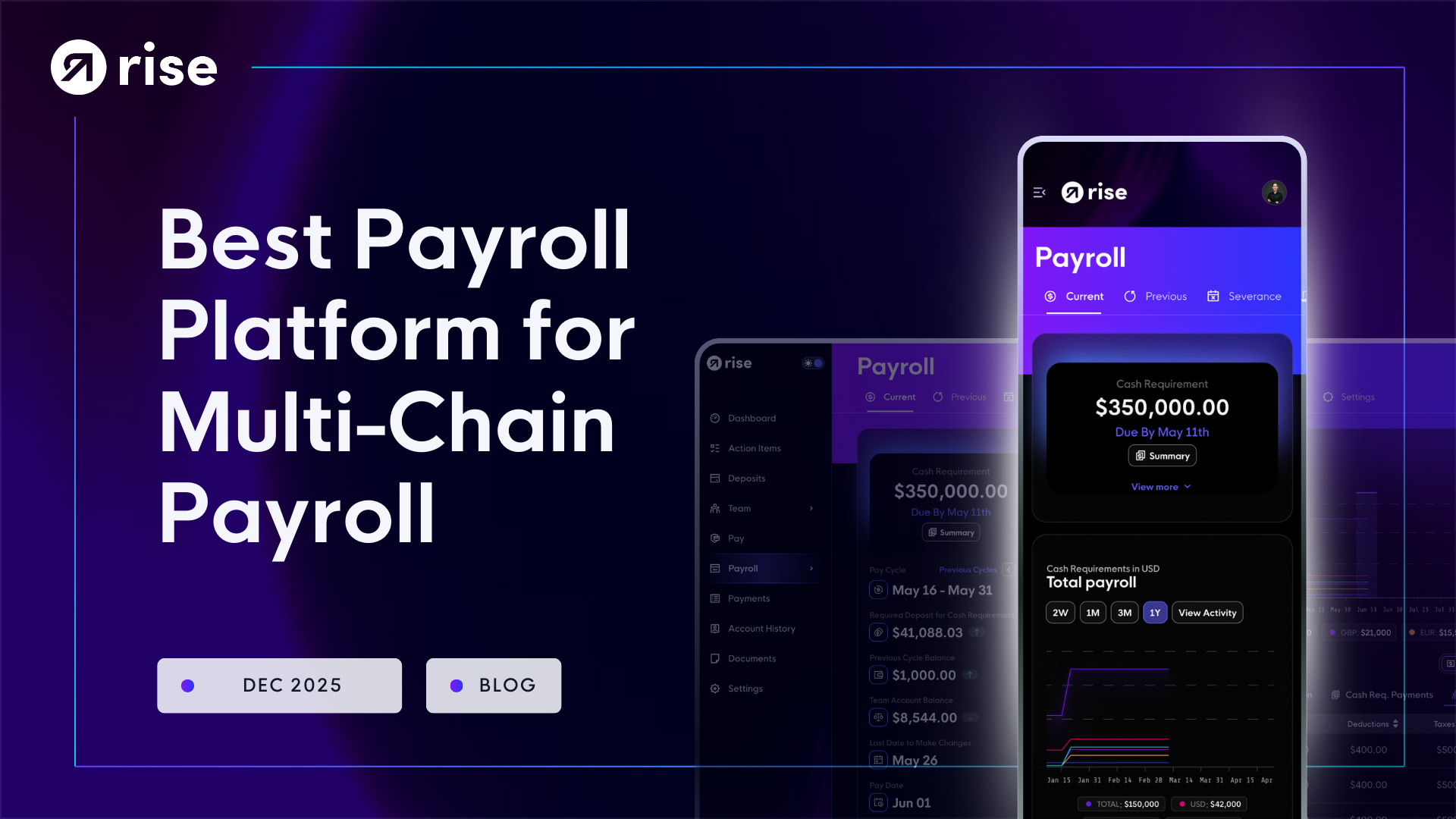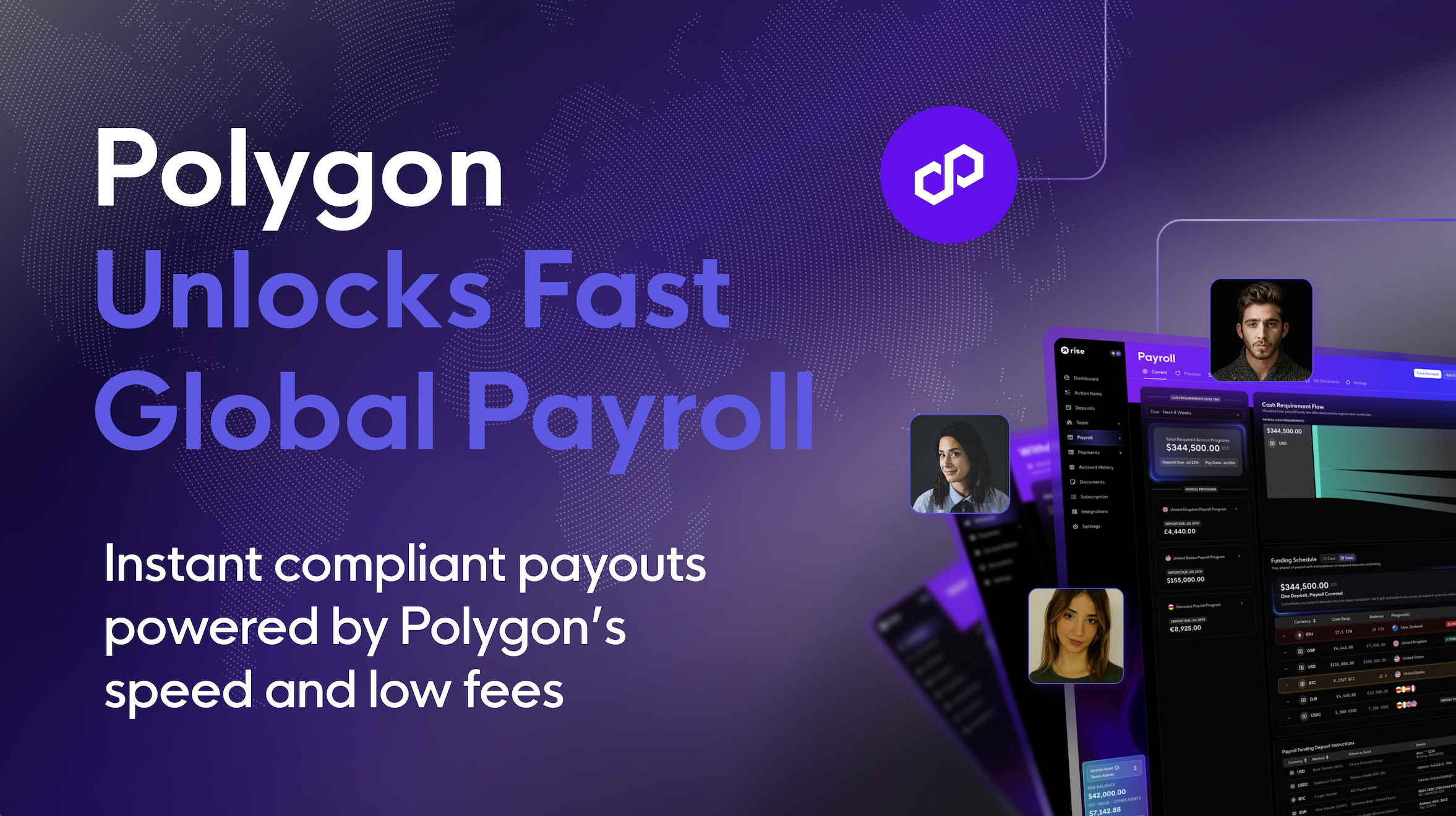

We just launched our new brand. Check it out and see how we are changing the Remote Payment HR world forever.
HR and payroll integration
This integration allows for the automatic transfer of employee data, time and attendance records, benefits information, and tax details between the two systems, ensuring accuracy in payroll calculations, compliance with tax laws, and streamlined HR processes.
The goal of HR and payroll integration is to eliminate duplicate data entry, reduce errors, and improve operational efficiency.
Key Elements of HR and Payroll Integration
- Data Synchronization: Employee data such as salaries, tax information, and benefits are automatically synced between HR and payroll systems, ensuring consistency.
- Automated Payroll Processing: The integration allows payroll to automatically process wages based on the latest HR information, including hours worked, leaves, and salary adjustments.
- Compliance Management: By integrating HR and payroll, businesses ensure compliance with labor laws, tax regulations, and benefits administration.
- Real-Time Reporting: Integrated systems provide real-time data on payroll costs, employee hours, benefits deductions, and tax liabilities.
- Employee Self-Service: Employees can access both payroll and HR information, such as pay stubs, benefits, and tax documents, through a single portal.
Why Is HR and Payroll Integration Important?
HR and payroll integration is essential for businesses because it:
- Reduces Administrative Work: Integration eliminates the need for manual data entry and reconciliation between separate systems, saving time for HR and payroll teams.
- Improves Accuracy: Automated data transfers between HR and payroll systems reduce the risk of errors in wage calculations, tax withholdings, and benefits deductions.
- Enhances Compliance: Integration helps ensure that businesses remain compliant with tax laws, labor regulations, and benefits administration by keeping all relevant data up to date.
- Increases Efficiency: Integrated systems streamline operations, allowing HR and payroll teams to focus on strategic tasks rather than repetitive administrative work.
- Provides Real-Time Insights: HR and payroll integration enables businesses to access real-time data for reporting and decision-making, improving visibility into workforce and financial metrics.
How HR and Payroll Integration Works
HR and payroll integration typically involves connecting two systems—HR software and payroll software—so that data flows automatically between them.
Here’s how it works:
- Data Sharing: Employee data, including personal details, salary, tax information, and benefits, is shared between the HR and payroll systems. Updates in one system are automatically reflected in the other.
- Time and Attendance Tracking: Time-tracking data, such as hours worked, paid time off (PTO), and leave, is captured by the HR system and transferred to the payroll system for wage calculation.
- Benefits Administration: Information on employee benefits, such as health insurance and retirement contributions, is synced between systems to ensure accurate deductions from payroll.
- Automated Payroll Calculations: Payroll software uses the synced HR data to calculate employee wages, taxes, and deductions, ensuring that employees are paid accurately and on time.
- Tax Filing and Compliance: Integrated systems automatically update payroll tax information based on HR data, ensuring that businesses comply with tax regulations and submit accurate tax filings.
Rise: The Best Solution for HR and Payroll Integration for Global Teams
Rise is an innovative payroll and HR solution designed to offer seamless HR and payroll integration with a focus on hybrid payroll, supporting both traditional and cryptocurrency payments.
With its global capabilities, Rise ensures that businesses with remote or international teams can efficiently manage payroll and HR tasks in a fully integrated environment.
Key Features of Rise
- Global HR and Payroll Integration: Rise enables businesses to integrate HR and payroll across multiple countries, ensuring compliance with local labor laws and tax regulations in various regions.
- Hybrid Payroll Support: Rise supports both traditional currency payroll and cryptocurrency payments, making it a versatile solution for businesses operating in tech or Web3 industries.
- Employee Self-Service Portal: Employees can access HR and payroll information, including pay stubs, tax documents, and benefits, through a single self-service portal, improving transparency and reducing HR inquiries.
- Automated Payroll and Benefits Management: Rise ensures that employee benefits information, such as health insurance and retirement contributions, is automatically synced with payroll, ensuring accurate deductions and timely payments.
- Compliance and Reporting: Rise helps businesses stay compliant by integrating HR data with payroll, ensuring accurate wage calculations, tax withholdings, and benefits management across different regions.
Why Choose Rise for HR and Payroll Integration?
- Global Reach: Rise’s ability to manage payroll and HR integration across multiple countries ensures seamless operations for businesses with international teams.
- Efficiency: By automating data synchronization and payroll processing, Rise reduces the administrative burden on HR teams and ensures payroll accuracy.
- Flexibility: With support for both traditional and crypto payroll, Rise caters to the needs of modern businesses, especially those operating in hybrid or remote work environments.
- Enhanced Employee Experience: Employees can manage their HR and payroll information in one place, improving satisfaction and reducing administrative overhead.
Benefits of HR and Payroll Integration
1. Streamlined Operations: By connecting HR and payroll systems, businesses eliminate redundant tasks and reduce the need for manual data entry, improving overall efficiency.
2. Enhanced Data Accuracy: Integrated systems automatically update employee information across HR and payroll platforms, minimizing the risk of errors in wage calculations, tax filings, and benefits deductions.
3. Improved Compliance: Integration helps ensure that payroll and HR data are consistently accurate and up to date, reducing the risk of non-compliance with tax laws, labor regulations, and benefits administration.
4. Real-Time Insights: With integrated HR and payroll systems, businesses can access real-time data on payroll expenses, employee work hours, and benefits usage, enabling better decision-making.
5. Employee Satisfaction: Employees benefit from a streamlined system where they can access all their HR and payroll information in one place, leading to greater transparency and trust.
Challenges of HR and Payroll Integration
While HR and payroll integration offers numerous benefits, businesses may face certain challenges, such as:
- Complex Integration: Connecting existing HR and payroll systems may require technical expertise and time, especially for large organizations with complex systems.
- Data Security Concerns: Payroll and HR data are highly sensitive, so it’s essential to ensure that integrated systems have robust security measures in place to protect employee information.
- Customization Limitations: Some HR and payroll platforms may not offer enough customization to meet the specific needs of a business, requiring additional software or adjustments.
- Ongoing Maintenance: Maintaining integration between systems requires regular updates and monitoring to ensure that data flows accurately and in compliance with regulatory changes.
Best Practices for HR and Payroll Integration
- Choose Compatible Systems: Ensure that your HR and payroll software platforms are compatible or that you choose an all-in-one solution like Rise for seamless integration.
- Automate Where Possible: Use automation to synchronize employee data, payroll processing, and tax filings to minimize manual work and reduce errors.
- Prioritize Data Security: Ensure that integrated systems have strong encryption and access controls to protect sensitive employee and payroll data.
- Monitor Compliance: Regularly review your HR and payroll integration to ensure that the system remains compliant with local, state, and federal regulations.
- Test the Integration: Before fully implementing integration, test the system to ensure data accuracy and smooth functionality between HR and payroll systems.
Frequently Asked Questions About HR and Payroll Integration
1. What is HR and payroll integration?
HR and payroll integration is the process of connecting an organization’s HR system with its payroll software to streamline data flow, automate payroll processes, and improve accuracy.
2. How does HR and payroll integration benefit businesses?
Integration saves time, reduces errors, improves compliance, and provides real-time insights into payroll and HR data, making business operations more efficient.
3. Can payroll and HR systems be integrated for global teams?
Yes, platforms like Rise specialize in global HR and payroll integration, ensuring compliance with international labor laws and tax regulations for businesses with remote or global workforces.
Related Terms
Revolutionize your Payroll & Empower your People
Get access to the definitive guide on web3-enabled payroll and compliance solutions














